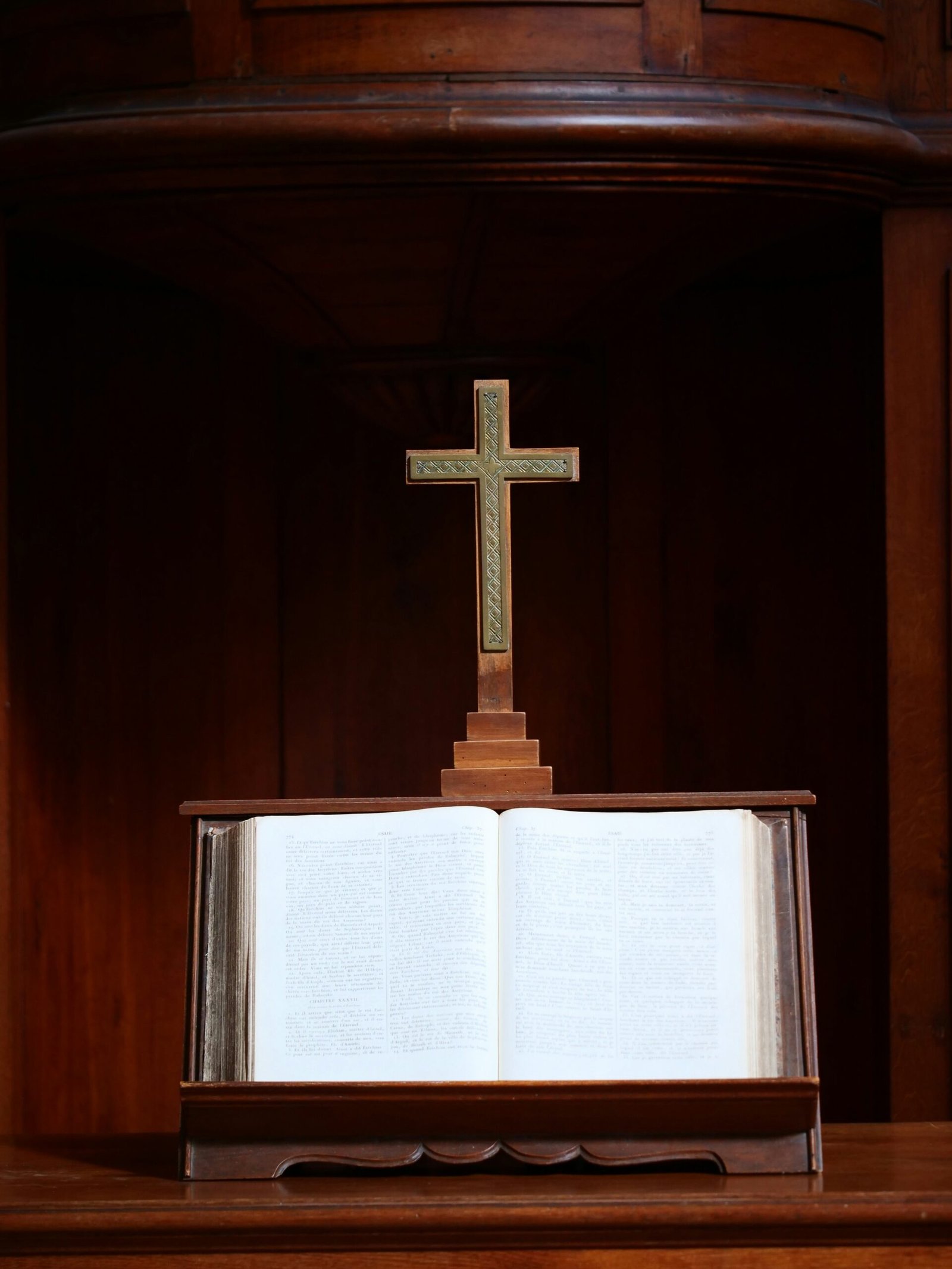Introduction to the Holy Quran
The Holy Quran, the central religious text of Islam, holds profound significance for Muslims around the world. Believed to be the literal word of God as revealed to the Prophet Muhammad through the archangel Gabriel, the Quran serves as a comprehensive guide for the spiritual, ethical, and legal dimensions of a Muslim’s life. The Quran’s origin traces back to 7th century Arabia, where it was revealed over a period of approximately 23 years, starting in 610 CE.
Written in classical Arabic, the Quran’s linguistic beauty and complexity are revered by its followers. The language of the Quran is considered to be the highest form of Arabic, often regarded as inimitable, thus emphasizing its divine origin. For Muslims, the Quran is not just a book but a divine revelation that must be respected and adhered to in all aspects of life. The scripture’s importance transcends religious rituals, influencing art, culture, and law within Islamic societies.
The Quran is structured into 114 chapters, known as Surahs, which vary in length. Each Surah is composed of several verses, called Ayahs. The Surahs are not arranged chronologically but rather in order of length, with the longer chapters generally placed at the beginning and the shorter ones towards the end. This structure facilitates various forms of recitation and memorization, an essential practice in the Islamic tradition. Memorizing the entire Quran, known as becoming a Hafiz, is considered a highly meritorious act and is encouraged from a young age.
Recitation of the Quran is a pivotal aspect of Muslim worship. The rhythmic and melodic patterns of Quranic recitation, known as Tajwid, require precise articulation and pronunciation. This practice not only ensures the correct transmission of the text but also enhances the spiritual experience of the reciter and the listener. The Quran’s recitation forms a central part of daily prayers and special religious observances, underscoring its integral role in the life of a Muslim.
Historical Context and Revelation
The Holy Quran, the central religious text of Islam, was revealed over a period of 22 years, from 610 to 632 CE. This era is significant not only for the birth of Islam but also for the profound transformation it brought to the Arabian Peninsula. The Quran was revealed to the Prophet Muhammad, who received these divine revelations through the Angel Gabriel. These revelations began in the Cave of Hira, near Mecca, where Muhammad often retreated to meditate.
The life of the Prophet Muhammad is paramount to understanding the historical context of the Quran. Born in Mecca around 570 CE, Muhammad led a life initially marked by humility and contemplation. The early revelations focused on monotheism and moral rectitude, urging people to abandon idolatry and embrace the worship of one God, Allah. As Muhammad’s following grew, so did the opposition from the Quraysh tribe, the dominant tribe in Mecca, leading to significant socio-political challenges.
The period of revelation is divided into two phases: the Meccan and the Medinan periods. The Meccan surahs (chapters) primarily address spiritual and ethical issues, emphasizing the existence of one God, the afterlife, and moral conduct. Conversely, the Medinan surahs, revealed after Muhammad’s migration to Medina in 622 CE, focus more on social laws, community building, and governance, reflecting the growing Muslim community’s needs.
The preservation and compilation of the Quran is a testament to the diligence of the early Muslim community. Initially, the Quranic verses were memorized and written on various materials like parchment, bones, and leaves. After the Prophet’s death, the first Caliph, Abu Bakr, initiated the compilation of these verses into a single book to prevent their loss. This monumental task was later completed under the third Caliph, Uthman ibn Affan, who standardized the text and distributed copies to various Muslim regions, ensuring uniformity and authenticity.
Through these efforts, the Quran has been meticulously preserved, maintaining its original form as revealed to the Prophet Muhammad. The historical context and revelation period provide deep insights into the Quran’s significance, guiding principles, and the unwavering commitment of early Muslims to safeguard this divine scripture for future generations.
Themes and Messages of the Quran
The Quran, regarded as the ultimate source of guidance for Muslims, encompasses a multitude of themes and messages that are central to the Islamic faith. One of the primary themes is monotheism, the unwavering belief in the oneness of God (Allah). The Quran emphatically asserts that Allah is the sole creator and sustainer of the universe, and it calls upon individuals to worship and submit solely to Him. This foundational principle is interwoven throughout the text, reinforcing the concept of tawhid, or the oneness of God, which is the bedrock of Islamic theology.
Another significant theme in the Quran is the importance of faith and piety. The text emphasizes that belief in Allah and adherence to His commandments are essential for a righteous life. Faith (iman) is often linked with righteous deeds, illustrating that true belief manifests through actions that align with divine guidance. Piety (taqwa), or consciousness of God, is encouraged as a means to lead a life that is pleasing to Allah. This theme underscores the importance of inner purity and devotion, which are crucial for spiritual growth and salvation.
The Quran also provides a comprehensive set of moral and ethical guidelines. It outlines principles for personal conduct, social interactions, and legal matters, aiming to establish justice and harmony within society. These guidelines cover a broad spectrum of issues, including honesty, compassion, and integrity. By adhering to these ethical standards, Muslims are encouraged to cultivate a moral character that reflects the virtues endorsed by the Quran.
Social justice is another core message of the Quran. The text advocates for the fair treatment of all individuals, particularly the vulnerable and marginalized. It calls for the equitable distribution of wealth, the protection of orphans and the poor, and the establishment of justice in all aspects of life. This emphasis on social justice seeks to create a balanced and just society where the rights and dignity of every individual are upheld.
Lastly, the Quran addresses the concept of the afterlife. It describes the transient nature of worldly life and emphasizes the eternal nature of the hereafter. The text delineates the consequences of one’s actions in this life, portraying a clear dichotomy between the rewards of paradise and the punishments of hell. This theme serves as a reminder of the ultimate accountability before Allah and encourages individuals to lead lives that align with divine will.
These themes and messages, intricately woven throughout the Quran, provide a comprehensive framework for Muslims to navigate their spiritual, moral, and social lives. They remain profoundly relevant, offering timeless guidance and inspiration to believers across the globe.
The Role of the Quran in Muslim Life
The Holy Quran holds a pivotal role in the daily lives of Muslims around the world. It serves as the ultimate guide in all aspects of life, providing spiritual, moral, and legal direction. During prayers (Salah), which are performed five times a day, verses from the Quran are recited, illustrating its integral place in daily worship. These recitations are not only expressions of devotion but also opportunities for reflection and connection to the divine.
Special occasions, such as the holy month of Ramadan, further underscore the importance of the Quran. Muslims engage in extensive Quranic reading and contemplation during this period, often completing the entire text through Tarawih prayers. The Quran’s revelations are commemorated, and its teachings are deeply internalized, enhancing spiritual growth and community bonding.
Quranic education is another fundamental aspect of Muslim life. From a young age, children are taught to read and memorize the Quran. This education emphasizes not only the memorization of verses but also the understanding of their meanings and applications. The practice of Tajweed, or proper pronunciation, ensures that the Quran is recited correctly, preserving its authenticity and beauty.
The impact of the Quran extends beyond worship and education to influence Islamic art, culture, and law. Quranic verses are often featured in Islamic calligraphy, architecture, and literature, serving as sources of inspiration and guidance. In legal contexts, the Quran provides the foundation for Sharia law, which governs various aspects of personal and communal life, including marriage, inheritance, and criminal justice.
In the modern era, the Quran continues to be relevant, with scholars and laypersons alike engaging in its interpretations to address contemporary issues. Digital platforms have made the Quran more accessible, enabling Muslims to connect with its teachings regardless of their location. This ongoing engagement ensures that the Quran remains a living document, continually guiding and shaping the lives of Muslims worldwide.


